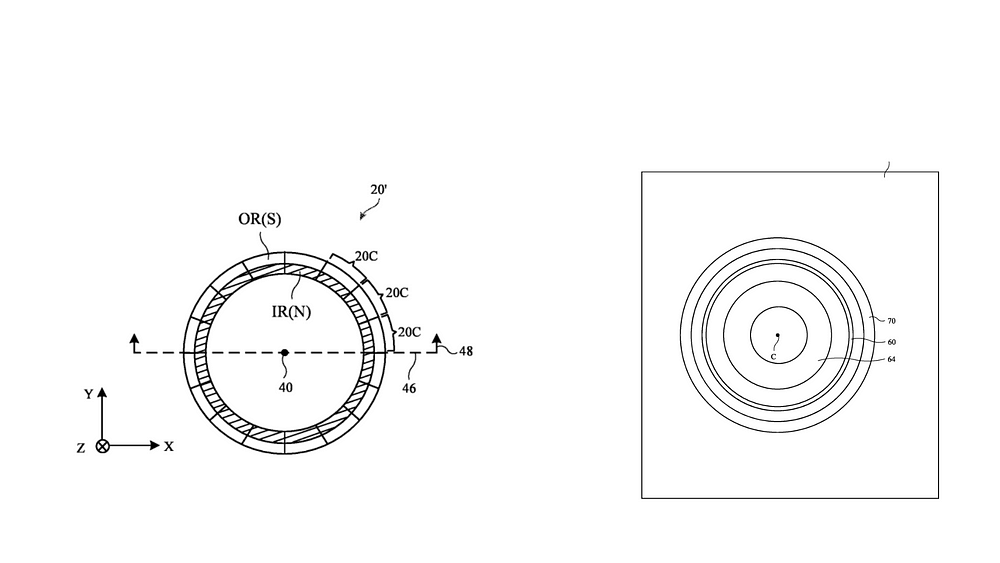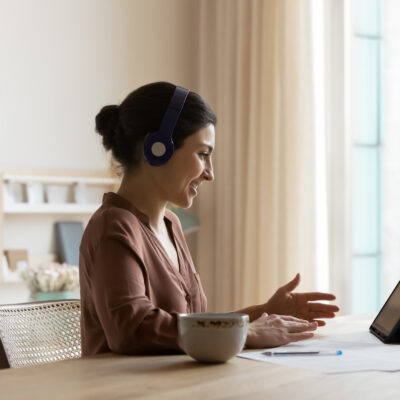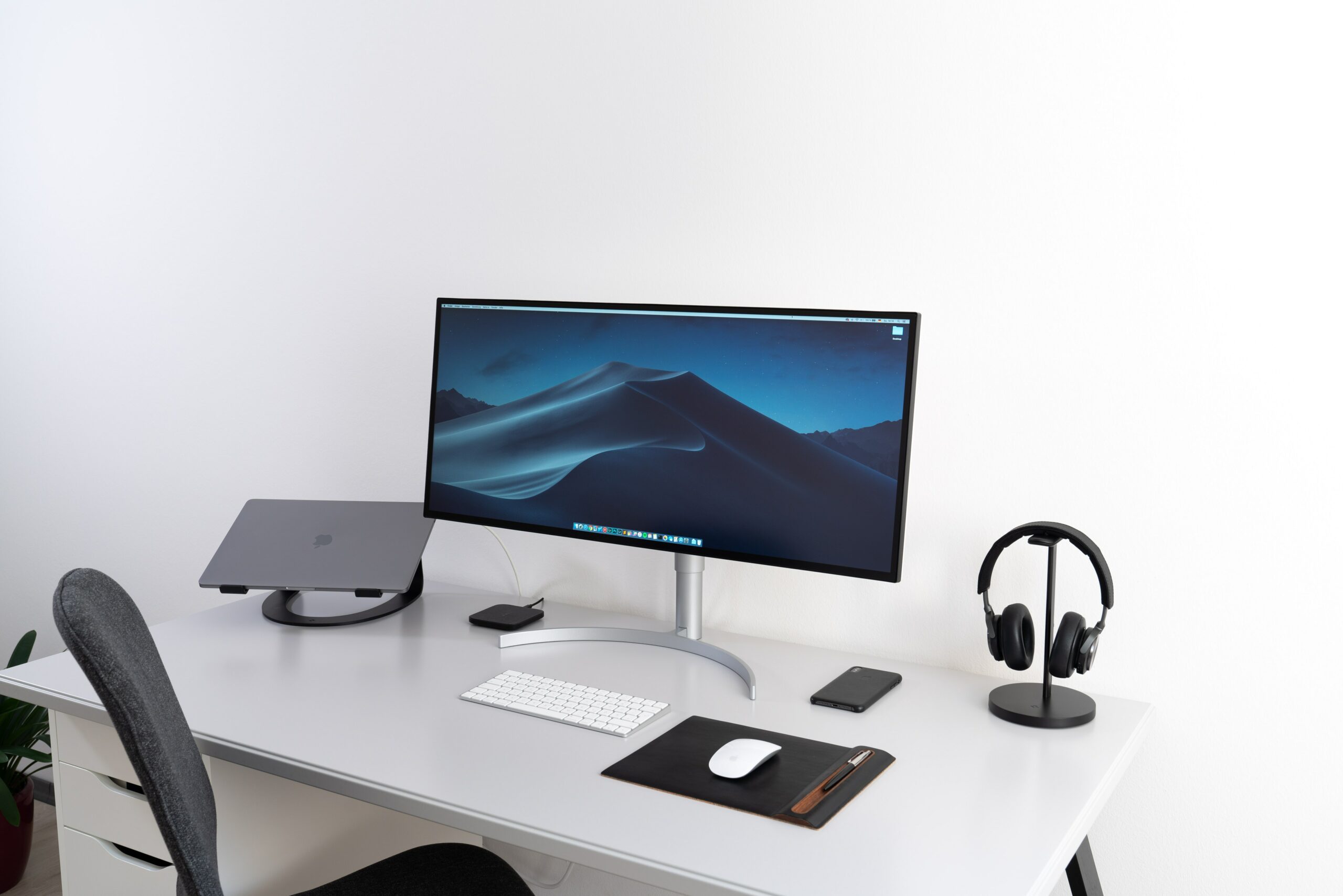When Androids had wireless charging in 2012, it took the iPhone almost five years to catch up. Now it is late to the party of bidirectional wireless charging too.

If we look at the timeline of wireless charging products by Apple, we have Qi technology, airpower, magsafe and magsafe duo.
Qi technology: In 2017, Apple introduced the iPhone 8, iPhone 8 Plus, and iPhone X, which all came with the ability to wirelessly charge using the Qi standard. This was a major milestone for Apple, as it was the first time the company had included wireless charging capabilities in its smartphones.
AirPower charging mat: In 2017, Apple also announced the AirPower charging mat, which was designed to wirelessly charge multiple devices at the same time. Unfortunately, the AirPower never made it to market due to technical issues, but it did pave the way for future advancements in multi-device wireless charging.
MagSafe technology: iPhone 12 was the first to come with MagSafe in 2020. MagSafe uses a combination of magnets and wireless charging to create a more efficient and stable charging experience. The MagSafe charger can provide up to 15W of power, which is much faster than Qi chargers.
All these modes of charging comes with a pain of carrying multiple chargers and blocks in your backpack. So the question is, how do you get one to always have a wireless charger with them?
By making it a thing they already own.
Last week Apple filed a patent for bidirectional wireless charging in magsafe.
This new technology uses a magnetic soft material to enable cross device wireless charging across all Apple products. That means people will be able to charge their iPhones from other iPhones, from their accessories with an option of reverse charging.
If we look at the design it looks almost similar to the current magsafe design with magnetic rings.

The new soft magnetic ring is said to have higher relative permeability and saturation flux density to improve the wireless charging time. Although, the patent is very new yet, it will be interesting to see when will Apple launch this technology into its products.


